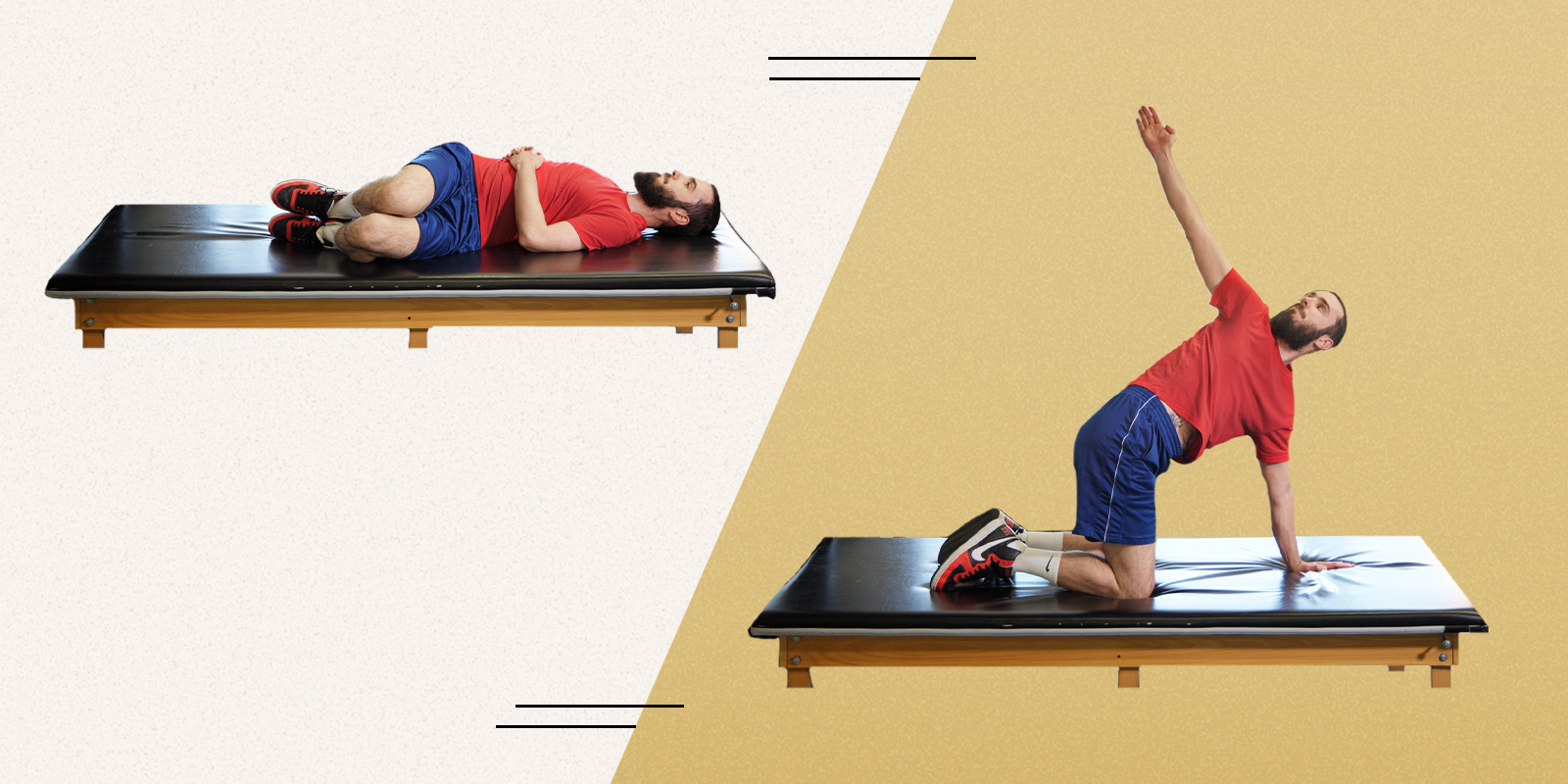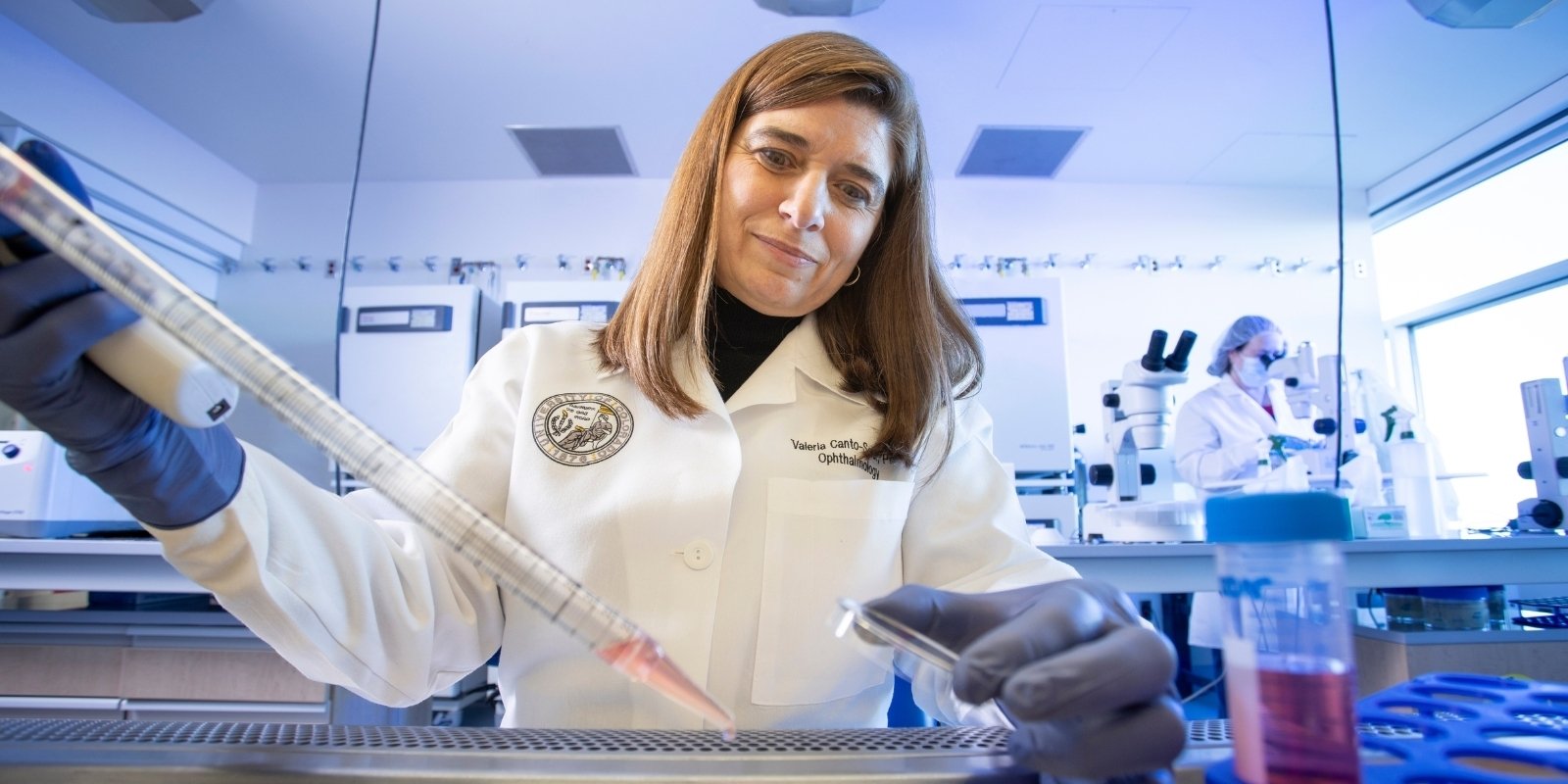Providers don protective gear before entering procedure rooms where the enemy lurks. They spend their days under rapid fire, battling to save patients’ lives while protecting their own. The ever-present enemy rules their workdays and even follows them home.
That describes a day in the life of a COVID-19 healthcare provider. It reminds Kathleen Flarity, DNP, PhD, of practicing medicine in a warzone.
“I’ve had nurses reach out to me expressing their anguish over caring for seriously ill COVID-19 patients,” said Flarity, deputy director of the CU Anschutz Center for COMBAT Research in the Department of Emergency Medicine and UCHealth research nurse scientist.
In fact, calls and requests for guest lectures have been on the uptick for Flarity, a compassion fatigue expert who teaches new residents at the UCHealth University of Colorado Hospital ways of warding off the burnout-related disorder.
Similar to Post-Traumatic Stress Disorder (PTSD), compassion fatigue often stems from witnessing (rather than experiencing) suffering, something that happens more often with military medics treating wounded warriors, said Flarity, a U.S. Air Force brigadier general.
Flarity recently became the first woman appointed as mobilization assistant to the Command Surgeon of the Air Mobility Command, one of the largest commands in the U.S. Air Force.

Cadet Tori Flarity and Senior Airman Patrick Flarity pin stars on their newly promoted mother, Brig. Gen. Kathleen Flarity, during a ceremony at Wings Over the Rockies Air and Space Museum in Denver.
Pandemic, military care share parallels
Other parallels exist between today’s pandemic-focused healthcare and military medicine, where providers often perform life-saving measures in dangerous environments.
In both cases, it takes courage, sacrifice and dedication to the mission, Flarity said, adding that she has been “humbled” by what she’s seen from her colleagues – military and civilian alike – since the pandemic struck.
“I think we’ve seen a lot of people really rise to the challenge and do extraordinary things,” she said, as her colleagues were again being pushed to their limits by the biggest surge in the country since U.S. cases were first detected in March.
Working amid the enemy
In the military, medical personnel practice donning full gear to protect themselves against chemical agents, a threat Flarity worked under during the Gulf War, for example.
Flarity’s colleagues in the emergency department now find themselves in a world of restrictive gear and intense hygienic practices at work and at home to protect themselves and their loved ones.
“They aren’t used to donning and doffing protective gear every day for 12 hours a day,” Flarity said. “It definitely adds a layer of complexity and fear. It’s exhausting, and it takes a toll on people.”
Combine other uncertainties, such as maintaining adequate equipment and supplies and battling an unknown virus, and civilian providers are enduring what their military counterparts spend countless hours training for.
Suffering ignites new focus
Flarity also worries about front-line responders’ tendency to put themselves last. “We’re taught stoicism and objectivity. We’re taught to push everything down, and that’s not a good remedy for compassionate caregiving and maintaining resiliency.”
Watching a close friend and colleague deteriorate after working as a flight nurse during Operation Iraqi Freedom in 2003 ignited Flarity’s interest in compassion fatigue.
“When he came back, he was a changed man. He said he felt ‘broken’,” Flarity said of her friend, who turned to alcohol to cope, damaging personal and professional relationships.
“They aren’t used to donning and doffing protective gear every day for 12 hours a day. It definitely adds a layer of complexity and fear.” – Kathleen Flarity, on COVID-19 front-line workers
During a second deployment to Afghanistan, this time as commander of an aeromedical evacuation squadron, Flarity was inspired to act. She recalled how hard seeing seriously injured patients, such as triple amputees, day after day was on her often-young medical technicians.
“I watched my team suffer, and, again, I wanted to know what we could do about it,” Flarity said.
So, when she returned from deployment, Flarity found renowned traumatologist Eric Gentry, PhD, author of “Forward-Facing Trauma Therapy: Healing the Moral Wound.” And she trained with him on her own time, becoming a certified compassion fatigue specialist.
Resiliency requires ‘refilling your cup’
“Some of the things I’ve seen in my 40-year career are horrendous, both in civilian aeromedical transport and in the military. So, I should have really significant compassion fatigue,” said Flarity, who has deployed to multiple wars, including Desert Storm, Iraq and Afghanistan.
Compassion fatigue (like combat fatigue) consists of two components: burnout and secondary traumatic stress from witnessing the pain and suffering of others. “Burnout has to do a lot with environmental factors, such as lack of PPE, lack of leadership oversight, unrealistic patient expectations, COVID,” Flarity said.
But another component, one that helps Flarity through, is compassion satisfaction. “It’s the joy, purpose, meaning you get from doing your job well,” she said. “It counteracts those other two. I’ve also figured out what I need to refill my cup.”
Finding ways to reenergize and restore the passion for caregiving is imperative for many reasons, including caregiver retention, Flarity said. Over a quarter (28.9%) of all new graduate nurses leave their jobs within the first year, and more than half or 56.4% of the nurses who left had less than two years of service, she reported in one of her studies that suggested training programs like hers can make a difference.
Acknowledging that it’s difficult for her colleagues to find moments throughout the day to refuel in their demanding work environments, Flarity said it’s important. “When we don’t do that, we go home at the end of the day exhausted and overwhelmed. If you don’t take care of yourself first, you can’t take care of other people.”
|
|
| “As I’m washing my hands, I’m thinking about the warmth of the water. I’m thinking about the suds and how I’m washing away the stress. I do some deep breathing: I breathe in peace, and I breathe out calm. I’m knowing I did my best for that patient, and I’m trying to let it go so I can be open for the next patient or challenge.” |
Kathleen Flarity's tips for staying resilient during a pandemic |
| Keep your routine as close to normal as possible. |
| Try to get enough sleep. |
| Do not watch the news incessantly, which can trigger secondary traumatic stress. |
| Find creative ways to stay socially connected (friend virtual social hours or group workouts). |
| Stay close with a social network, such as family, that you can be with in person. |
| Go outside. “We’re blessed that we live in Colorado. The Japanese call it “shinrin-yoku” or forest bathing, but anything in nature has a really renewing, re-energizing property to it.” |
| Be present during virtual meetings. “Let everything else fall away. A lot of people try to multitask. Don’t. Look at each other. Ask how everyone is doing and what you can do for them.” |
| Ask for help, even if it’s just for someone who will listen. |
| Figure out ways to fill your cup. “It might be simply taking a moment, going outside, feeling the warmth of the sunshine, smelling a flower. It could be two minutes of meditation.” |




